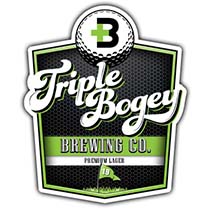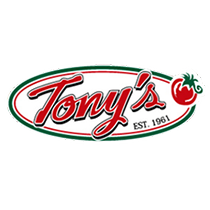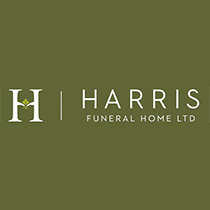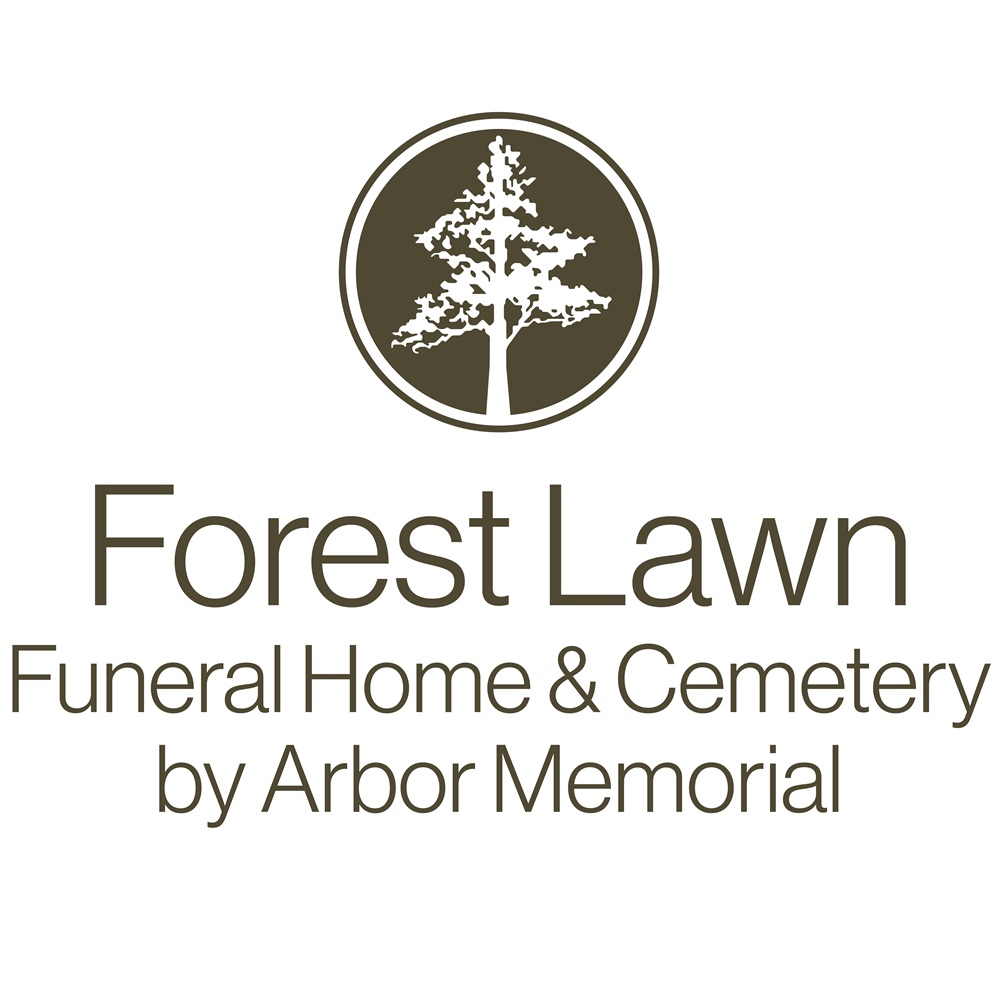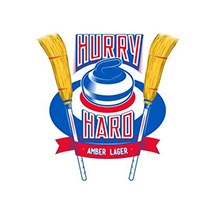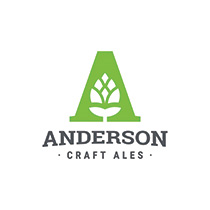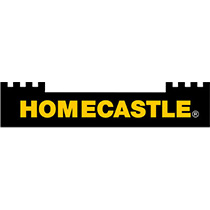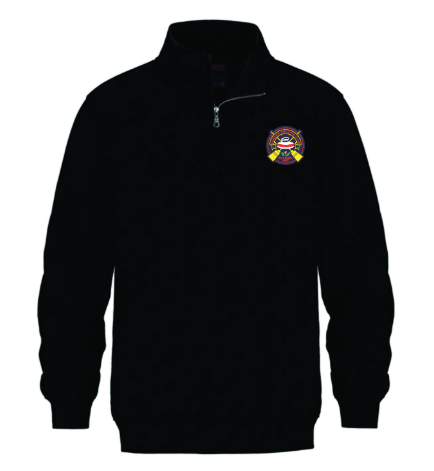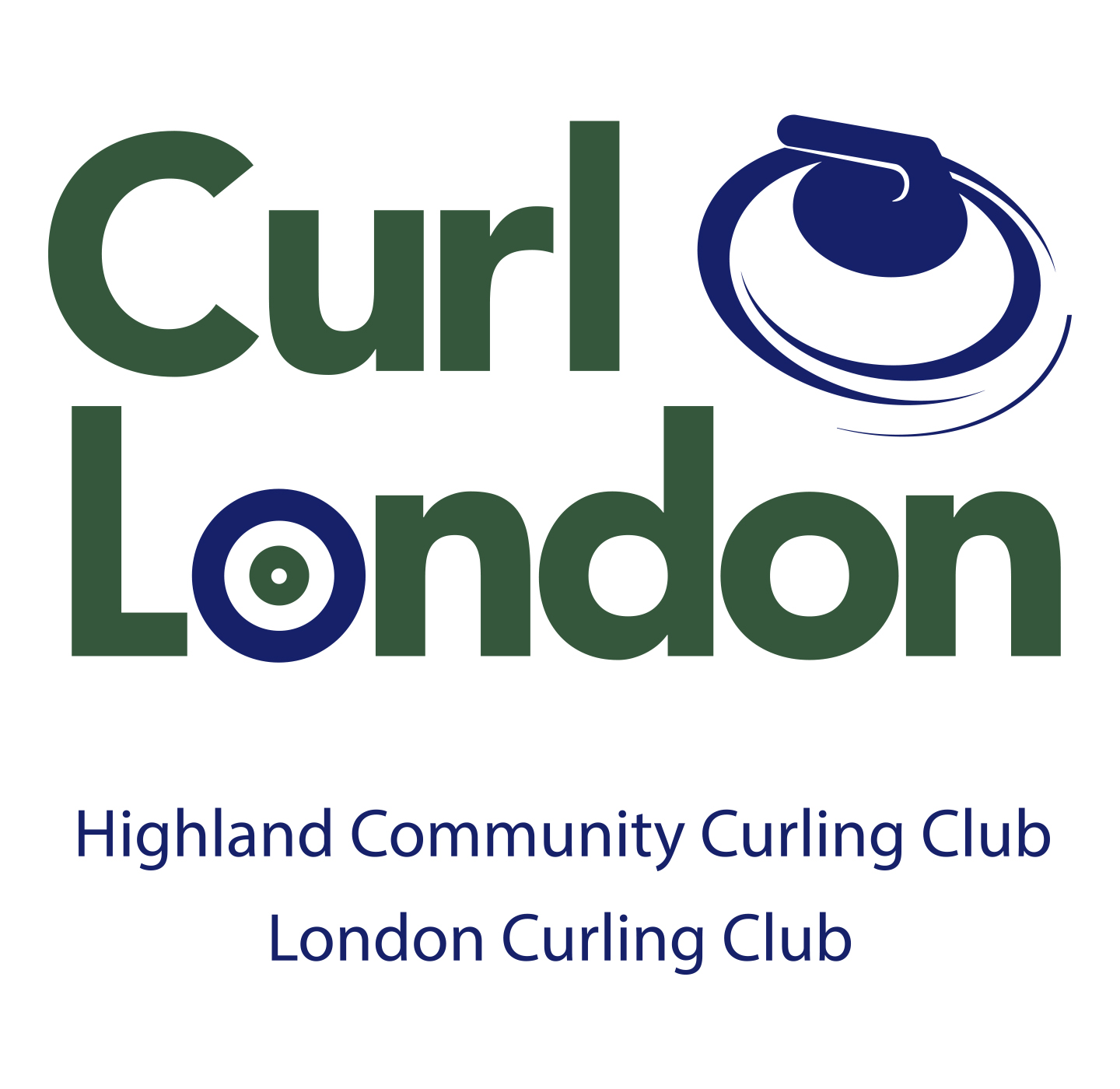Articles:
Land Acknowledgement
We acknowledge that the London Curling Club is located on the traditional lands of the Anishinaabek, Haudenosaunee, Lūnaapéewak and Attawandaron. We acknowledge all treaties that are specific to this area.
This land continues to be home to diverse Indigenous people (First Nations, Métis and Inuit) whom we recognize as contemporary stewards of the land and vital contributors to society. The three Indigenous Nations that are neighbours to London are the Chippewas of the Thames First Nation; Oneida Nation of the Thames; and the Munsee-Delaware Nation who all continue to live as sovereign Nations with individual and unique languages, cultures and customs.
This Land Acknowledgement is a first step towards reconciliation. Awareness means nothing without action. It is important that everyone takes the necessary steps towards decolonizing practices. We encourage everyone to be informed about the traditional lands, Treaties, history, and cultures of the Indigenous people local to their region.
Presentation of Club's History
By Greg Lewis
The following link contains a presentation that was given by LCC Manager, Greg Lewis, at the club's 175th Anniversary Bonspiel on March 18, 2023.
Jubilee Rink - Great fire of 1922
In the middle of the night on Friday, August 25th, 1922 fire erupted at the Jubilee Rink, home of the London Curlig Club on Lyle Street. The rink was destroyed along with 6 nearby homes. The cause of the fire was never determined, but was most likely either lightning or arson. View the London Free Press articles below.
London Free Press - August 25, 1922
London Curling Club's 80th Anniversary
By Dr. J.A. Wright
This article, published on January 1, 1928, was reproduced with permission from the London Free Press. Further reproduction without written permission from the London Free Press is prohibited.
Morning and Afternoon Bonspiel To-day Observed as Celebration At New Lyle Street Rink.
The London Curling Club will hold its 80th anniversary bonspiel to-day. The club, which originated in 1847, is now one of the outstanding curling clubs in Western Ontario, with a building which cost $20,000, and an artificial ice plant valued at $17,000.
The club has a membership of 190, while other prospects are in view. The present slate of officers include; R. Bruce Wanless, president; Dr. J.A. Wright, vice president; Colin Currie, secretary-treasurer; L.H. Martyn, assistant secretary-treasurer; Rev. Dr. D.C. MacGregor, chaplain; Dr. J.A. Wright, rink manager and purchasing agent, while E.F. Sage is his assistant.
It has been conceded that the club originated in 1847, but the records of early days were handed over to the club by E.E. Reid, of the London Life, and were among the family papers of his father, the late Robert Reid.
The London Curling Club may not lay claim to having the oldest active curler in Canada, although it has at its regular bonspiels men aged between 70 and 80, but it does feel that its claim to having the youngest curler in the Dominion cannot be challenged. Russell Miller, who has just turned 10 years of age, has been curling in the club bonspiels for the past two seasons, where he is eagerly sought by skips to play either first or second position on the rink. Through much practice Russell can either draw the shot or pick off a stone as directed by his skip, equal to many adults and better than some. Russell has a perfect delivery, which accounts largely for his perfect shots. This young prodigy comes direct from school to the rink, where he may be seen any afternoon after school hours playing "points". Amusement is often aroused by seeing Russell initiating a new curler in the correct method of "delivery", "hitting the broom", "sweeping", etc. Being on many rinks "Russ" (as he is familiarly called) is accumulating quite a collection of prizes, which he avers will "come in useful some day". Much is expected of this young portent of curling futurity, and another 10 years should find him without a peer at the grand old game. It should be mentioned, of course, that his father, G.A. Miller, is one "gone on the game" and spends all his leisure hours on the ice.
The original minutes of the London Curling Club were started in 1847 by the first secretary of the club, F. B. Beddome. In the first entry he describes the origin of the club, and gives a list of the first members, under the date of December 10.
The London Curling Club, says the first page originated from a conversation between Dr. Wanless and the first secretary, F.B. Beddome, in the store occupied at that time by Messrs. Beddome & Reid, situated on the south side of Dundas Street two doors from the City Hotel. After Dr. Wanless had explained the game, Mr. Beddome at once proposed to him that a club should be formed, which was done the same afternoon. The doctor and Mr. B. started with a memorandum book, and that day obtained the following names and subscriptions, the entrance fee being set down at 10s. 9d., with a subscription of 2s, 6d.
The names follow; Lieut.-Col. J.G. Goodhue, Adam Hope, J. Ashenley, J. Birrel, John Phillips, F.B. Beddome, Robert Reid, Dr. Wanless, S. Ridout, J.B. Strathy, I.W.B. Rivers, R. Waddell, J. Williams, J. Horton, James Hamilton, H. Chisholm, H.C.R. Beecher, John Wilson, G.W. Harper. The treasury was stuffed with £11, 10s.
On the 12th a meeting was called and the following gentlemen were elected officers of the club; James Hamilton, president; H.C.R. Beecher and J.B. Strathy, vice presidents; skips, Dr. Wanless and Robert Reid; F.B. Beddome, secretary.
At this meeting it was determined as stones could not be obtained, that iron ones should be ordered, and accordingly an order was given to E. Leonard to cast, for which he was to charge the club £14 for 16 stones.
It sounds like a brilliant start, but the last sentence embracing the activities for the year ends on a pessimistic note. "Three or four games were played, but the attendance was so low that it fell to the ground", sadly concludes this first chapter of London's curling genesis.
Four years of curling activities take but a portion of a page in the minute book. Secretary Beddome, under the year 1850, dismisses curling with one sentence ; "This year passed over, and the London Curling Club was considered defunct, and the irons remain in the keeping of the secretary".
In 1851 an attempt was made to re-create interest in the new winter sport. "This year", Mr. Beddome records, "the secretary tried to get the club out of debt and revived", and the following parties joined; James Glen, G.H. Harper, D. MacDonald, J.M. Bennette, F.B. Beddome, A.G. Symthe, R.S. Murray, and H.A. Newcombe. It should be mentioned that rules were adopted at the first meeting, but the secretary's store on the corner of Ridout and Dundas streets was destroyed by fire, and they were lost. As a matter of fact, copies of the original rules were apparently to be had, for one is pasted on the cover of the minute book.
It will be noted that the new members list includes a few new names, but that in this year many of the original roster were missing. "This year the club was again defunct", was the secretary's brief and sad commentary on the year 1852. "On, on, on, on,-" described even more briefly and more dejectedly the state of the affairs during the season of 1853.
Things took a turn for the better in 1854 though, and at a meeting enough new members were added to wipe out the spectre of debt, which seemed to have been a chummy companion of the infant club since its formation. "The season finished up with a supper of beef and greens at the Robinson Hall", concludes the summary of the 1854 season.
The year 1855 seems to have set the club definitely on its way. A match was played New Year's day, F.S. Paton and W. Reid being the opposing skips. They started the season off with festivities and this seems to have worked better than the one festive banquet at the end of the curling year. The supper was held at Young's Hotel where the host again provided what seemed to be a favourite repast of the curlers, "beef and greens". Describing the supper the secretary dryly records; "which was finished with sundry horns of hot scotch, and after a very pleasant evening the members went home all the better, well pleased with the grog and themselves".
In 1856 the club went along nicely, but there was still a debt, and the secretary was some £6 out of pocket. London and Paris clubs played matches, the first recorded meeting with outside clubs.
The following year the Londoners and the Parisians again met, playing on the mill pond in that town, and were beaten by 18 shots. The season ends on a somewhat dismal strain however, as the secretary records; "This being St. Andrew's Day, November 30, some of the members met at Mary's saloon and supped together, few attending. It went off very slowly and after the cloth was removed and the usual toasts were given and drank, but all appeared down in the mouth and not like keen curlers".
In 1858, the minutes record the acceptance of the R.C. MacFie Medal, which was resurrected the other day and is now going to be played for as a new competition. The medal, a handsome silver piece, is inscribed as being presented to "London, Canada West, Curling Club 1858-9".
A nephew and namesake of the donor of the medal, R.C. MacFie of Ridout Street South, is one of the few connecting links now living with the curling activities of that day. Born in 1850, Mr. MacFie told the writer recently of driving the curlers down to the cove to play as a boy of 10. When rinks were short he filled in, being allowed to take his hack half-way up the ice, as he could not play off the full length tee. They drove to the Cove to play, and Mr. MacFie, later an active curler himself, and son of Daniel MacFie, who became president of the club in 1885, remembers the members afterwards playing on the river at the Dundas Street bridge. Mr. MacFie, who carried out the family affiliation with the London Curling Club until 20 years ago, was unable to clear up definite dates and years in which the club moved on to other places of play, and during which it amalgamated with other clubs and then resumed. Perusal of the minute book fills in the account he gave of the club's history.
Mr. MacFie's recollections form an interesting connection with the first minute book and bring together some of the personalities of that day. Mr. MacFie is the proud possessor of an edition of the Advertiser of 1864, a year after the paper was founded by the late J. Cameron. News of the American Civil War, then raging, failed to make the front page of the Advertiser, Wednesday evening, July 13, 1864. Advertisements take up the first three of the five columns on the front page. A poem and a continued serial, "The Unkind Word" occupy the other two.
In local intelligence, under the caption "Police Court", the press raps the judiciary on the knuckles, regretting that there is not more punctuality observed in the opening the court for business at the regular hour of 9 a.m. Reporters, complainants, witnesses, spectators and even the prisoners , it was alleged, are frequently obliged to wait around for a considerable time, much to the annoyance of those whose time is valuable.
A business almanac issued by F.B. Beddome, first secretary of the London Curling Club, was also an interesting possession shown to the writer.
To return to the minute book, in 1860 there was a question of playing on an artificially made pond near the gasworks, owned by E. Glackmyer, then president of the club, or at the Coves, but finally a man was ordered to put the building in shape at the latter spot. The account of this meeting's close says; "The meeting was adjourned after the members had polished off a bottle of whisky", showing that descriptive slang was not absent from the speech of members of the sedate London Curling Club and that these meetings seemed to always induce a healthy thirst.
In 1862 the club went to Hamilton to play, Mr. Peacock consenting to carry the members to and from Ambitious City at one fare. It was at the club's expense too, as moved by Mr. Moffat and seconded by W. Durrant. On the return visit of the Hamiltonians a committee was appointed to locate ice on which to play and Mr. Fysh, now secretary, was officially asked to obtain a keg of beer or gallon whisky, cheese, crackers and sandwiches at the expense of the club and for the entertainment and sustenance of their visitors.
1862 occupied several pages in the minutes. Dollars and cents replace shillings and pence in the accounts of the club for the first time.
In 1864 the first mention of a rival organization is made, the Thames Curling Club. It was not a bitter rivalry, however, as the members of the two clubs sat down to the seemingly inevitable "beef and greens" at Balkwill's Hotel in the second week of January. Also in the same year Messrs. H. Fysh, H.B. Strong, Bennett and J. McDonald (possibly the late Jerry McDonald, for mention is made several years before of holding a meeting at his hotel) were chosen to represent the club at the international match to be held at Buffalo.
In 1866 the club was playing many matches with outside clubs, which included Toronto, Guelph, Burlington and Chatham. At the annual dinner that year members of both the latter clubs were invited as guests and "it was enjoyed as curlers know how to enjoy such a festivity", hints the secretary.
In these years frequent mention is made of the Malahide Medal, donated to curling by Hon. E. Leonard and which is the oldest trophy now competed for in this district.
In 1872, and in November, came the end of the first part of the London Curling Club's history. The minutes do not reveal why amalgamation was thought necessary, but apparently both clubs desired it. Hewitt Fysh, in his last entry as secretary of the London club, writes: "Meeting discussed the propriety of amalgamation with the Thames Curling club. Resolved, that we adjourn to of amalgamation with the Thames Curling club. Resolved that we adjourn to the City Hotel, which was carried out and, after a few drinks, a little talk, we joined hands and called the club the Union of London". Thus ended the old London Curling Club, born December 10, 1847, defunct November 1872.
From this date until the London Curling Club, as it continues to this day, was suddenly revived in 1879, no records of curling activities in London are known to exist. In 1879 the minute book of the present club suddenly started out without any explanatory preamble of what circumstances arose to revive the London Curling Club. It is a gap that may be bridge quite as unexpectedly as the early history of the club was brought to light. There was later a Forest City Club, believed to be the forerunner of the present Thistle Club.
Curling, it is understood, took itself indoors for the first when a rink was erected on Lake Horn, just a depression between Waterloo and Richmond streets and paralleling the C.P.R. tracks. Later curling moved south to Simcoe streets. The matter of rinks seems somewhat confused as the records at hand to not specify clearly where the playing was done.
It's a far cry, however, from the start of the game in 1847 to the modern counterpart in the club of the present day, with its artificial ice plant and 200 and more members. But in the intervening 80 years the game has changed but little and the spirit, not at all.
London's First Curling Sheet was at the Coves
Written by Rex H. Bishop L.C.C
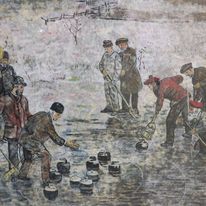 This article, published on March 21, 1981, was reproduced with permission from the London Free Press. Further reproduction without written permission from the London Free Press is prohibited.
This article, published on March 21, 1981, was reproduced with permission from the London Free Press. Further reproduction without written permission from the London Free Press is prohibited.
Sometime in the distant past, it is doubtful if anyone knows when, the flooding Thames River overflowed its banks and made a new channel not far below the forks. In doing so, it cut off a long loop or meander some one mile in length. This backwater became known as "the Coves" and every winter became the scene of much activity as men and horses cut and carted away large blocks of ice, to be stored under sawdust, so that it would be available the following summer for use in the family ice box.
Soon after Christmas, in 1856, two men were busy marking out circles on a newly cleared strip of ice. The eight year old London Curling Club was preparing for its first match against a neighbouring town, Paris. Soon a trestle table would be set up to hold a keg of beer and some bottles of more potent brew. Later, a handcart from the railway station, loaded with an assortment of "stones" would arrive, probably pulled by the lead of the visiting team. Competitive curing had arrived in London.
How the game originated is guesswork. Probably we can blame some Scottish shepherds, bored with tending their sheep on the open moors. After all, they get blamed for starting golf! Seeing who could slide a large stone the greatest distance across a frozen loch could easily become a contest to knock out the opponents stone with one of their own.
When it all started is doubtful but a 26 pound boulder with a thumb hole carved in, inscribed 1511 is believed to be an old curling stone. It is also recorded that in 1630 the Bishop of Orkney was charged with curling on the Sabbath. Records fail to mention if he was convicted. One Perthshire Scotland club, has a membership roster dated 1729.
The game probably came to Canada with Wolf's soldiers around 1760. They are reputed to have used the iron-banded hardwood hubs from their gun carriages. The Montreal Curling Club was formed in 1807 and the game spread eastward with clubs formed at Kingston 1820, Fergus 1834, Toronto 1836, Galt 1838, and London 1847. London's initial membership was 43 and the enrolment fee was 10 shillings and ninepence (about $2.50) with annual dues about seventy cents.
A local foundry cast 16 "stones" for the sum of £14 (about $80.00), an amount that nearly emptied their bank account. By 1860 the club had erected a small wooden building at the Coves. Two years later the club records were kept in dollars and cents instead of pounds. (An early case of metrification!)
Records show matches were held with numerous clubs from neighbouring communities, including Chatham, Burlington, St. Thomas, Aylmer, Toronto and Guelph, to mention a few. It is recorded that these events usually ended in a local hostelry when "beef and greens washed down with horns of whisky" were the normal fare. So the spirit of hospitality and good friendship that characterizes the game today had its origins a long time ago.
Various trophies still competed for annually started in these early days, including the Malahide Trophy, 1852, donated by the Mr. Leonard who cast the original 16 iron stones, and the Ontario Silver Tankard, 1875 - a two team, total points event.
The London Curling Club amalgamated briefly with the Thames Curling Club under the title Union Curling Club but soon resumed its present name. During the latter part of the 19th century, the club's headquarters seemed to alternate from a pond called Lake Horn, located on Piccadilly Street, and a rink on Simcoe Street. The Lake Horn site has since been drained and is now the site of the Thistle Lawn Bowling Club. (Since moved)
From 1911 to 1914, the London Curling Club used ice at the Western Fairground until fire destroyed a very ornate structure called the Crystal Palace. Then the club bought the present site on Lyle Street - a hockey arena called the Jubilee. Once again, in 1922, fire destroyed the club but it was rebuilt and in 1929 a first was recorded with the installation of artificial ice. Ten years later, odd size stones were replaced with the first set of matched rocks. The original order was lost at sea and had to be replaced.
In the early days, curling was exclusively a male sport, but in 1951 the London Curling Club enlarged its premises and admitted ladies. This has made curling a family sport and greatly increased its popularity.
In 1959 the number of curling sheets available doubled when the Highland Club added a curling rink with six sheets to their golf facility on Commissioners Road. They now have a combined membership of about 600 and the London Curling Club has about 650 members.
In 1962, the Ivanhoe opened with eight sheets, enlarged to 16 sheets two years later, as a pay-as-you-play rink. The Ivanhoe is headquarters for several private clubs including Forest City, Thames Valley, General Motors, and London Life. An estimated 3,000 people a week use Ivanhoe ice.
Another five sheets became available in 1962 in the arena at Western Fairgrounds and developed many good rinks from local groups. This club closed down last year and their members were absorbed by the area clubs. Then in 1975, completion of the Thompson Arena at the University of Western Ontario, four more sheets of ice became available. Thus London has 32 active sheets of curling ice which means more than 250 people can be curling at one time.
A description of curling in London would not be complete without a record of rinks who have won Ontario Championships.
- 1948, Ontario Silver Tankard, Russ Miller, Bob Wilson, Skips;
- 1954, Ontario Silver Tankard, Charlie Haskett, Russ Miller, Skips;
- 1969, Ontario Consols, Ken Buchan, Skip;
- 1972, Ontario Silver Tankard, Ken Buchan, Ken Thompson, Skips;
- 1978, Ontario Consols, Gerry Hodgson, Skip;
- 1978, Ontario Ladies, Sheila Seltzer, Skip;
- 1980, Ontario Legion, Ron Carr, Skip;
- 1981, Ontario Seagram, Mixed, Ken Buchan, Skip.
From a modest start 133 years ago, curling is providing thousands of people in London and the surrounding district with healthy recreation and good fellowship. It is one of the few games that start and end with a hearty handshake and often with a "wee horn of whisky".
It is a game that can be enjoyed by young and old. Russ Miller started at age 10 and the London Curling Club's oldest active curler, recently won his regular game while celebrating his 90th birthday. (Harry Sifton)
Good curling to one and all!













